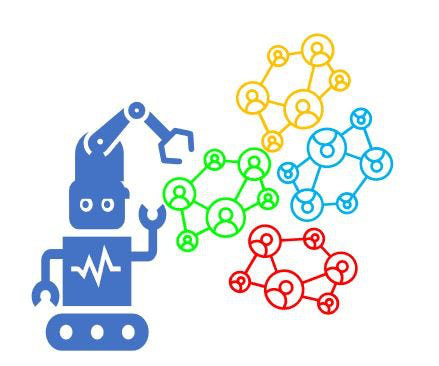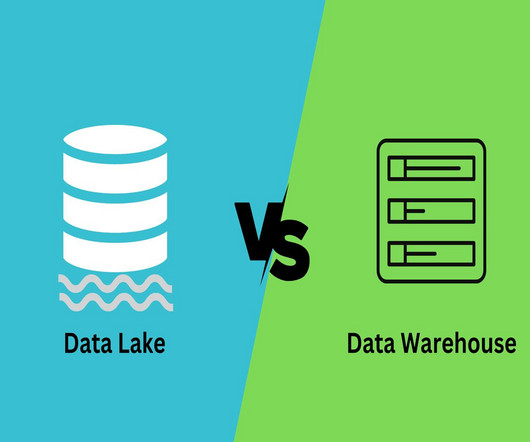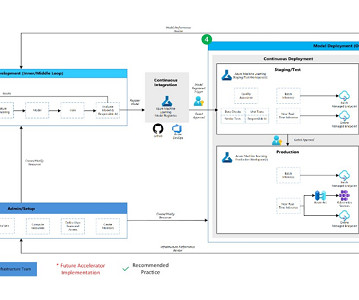The effectiveness of clustering in IIoT
Mlearning.ai
APRIL 10, 2023
With the emergence of data science and AI, clustering has allowed us to view data sets that are not easily detectable by the human eye. Thus, this type of task is very important for exploratory data analysis. Industrial Internet of Things (IIoT) The Constraints Within the area of Industry 4.0,












Let's personalize your content